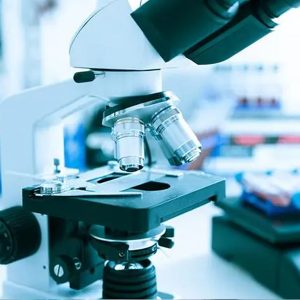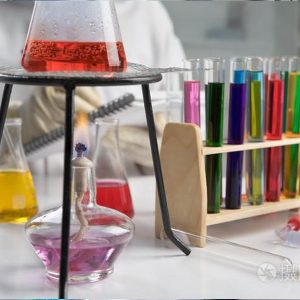Description
Service background
Azo dyes are dyes that contain at least one azo group structure in the chemical structural formula, in which azo groups are often connected with one or more aromatic ring systems to form a conjugated system as the color body of the dye, distributed in almost all colors. It is the most widely used synthetic dye, not only for textile printing and dyeing, but also for leather, paper, food and other dyeing. It should be noted that not all azo dyes are prohibited, but only azo dyes that release more than two dozen carcinogenic aromatic amines specified by the regulation after reduction.
It is generally believed that after the use of azo dyes containing carcinogenic aromatic amines in textiles, the dyes may be absorbed by the skin and spread in the human body during long-term contact with the human body. Under the biochemical reaction conditions of normal metabolism of the human body, these dyes may undergo reduction reaction to break the azo group, regenerate carcinogenic aromatic amines, and change the structure and function of human DNA through activation, causing human diseases and inducing cancer.
Service content
Scope of application
1. Clothing, bedding, towels, wigs, false eyebrows, hats, diapers and other cleaning and hygiene products, sleeping bags;
2. Shoes, gloves, watch strap, handbag, various purses, briefcases, chair covers;
3. Textile or leather toys, toys with textile or leather clothing, synthetic dyes organic compound dyes;
4. Fabrics and yarns that consumers end up using.
2. Applicable objects
Manufacturers, brands, exporters.
3. Test requirements
China: GB 18401-2010 decomposed carcinogenic aromatic amine dyes: prohibited (limited value ≤20mg/kg);
GB 20400-2006 provides that harmful aromatic amine dyes can be decomposed: ≤30mg/kg(23 kinds of prohibited aromatic amines)
Europe: Annex 17 entry 43 of REACH(Registration, Evaluation, Authorization and Restriction of Chemicals)Annex 17 entry 43: Prohibited (limited value ≤30mg/kg);
Germany: OEKO-TEX®standard 100 Appendix 4: not used (limited value ≤20mg/kg)
The 24 commonly prohibited carcinogenic aromatic amine dyes include:
1, 4-aminobenzene
2. Benzidine
3, 4-chloro-2-methylaniline
4. 2-naphthylamine
5, 4-amino-3, 2-dimethyl azobenzene
6. 2-amino-4-nitrotoluene
7, 2, 4-dihydromethyl ether
8. 4-chloroaniline
9, 4,4; – diaminodiphenylmethane
10, 3, 3-dichlorobenzidine
11, 3, 3-dimethoxybenzidine
12, 3, 3-dimethylbenzidine
13, 3, 3-dimethyl-4, 4-diaminodiphenylmethane
14. 2-methoxy-5-methylaniline
15, 4, 4-methylene-di (2-chloroaniline)
16, 4, 4-diaminodiphenyl ether
17, 4,4 diaminodiphenyl sulfide
18. 2-methylaniline
19. 2, 4-dihydrotoluene
20, 2, 4, 5-trimethylaniline
21. 4-aminoazobenzene
22, 2-methoxyaniline
23. 2, 4-dimethylaniline
24, 2, 6-dimethylaniline
Service advantage
Timeliness: RTS has a set of independently developed LIMS system, which monitors and manages the entire test process, greatly improving work efficiency and shortening the inspection cycle entrusted by enterprises.
Convenient: RTS has a perfect order platform and free on-site pick-up service, and can provide one-to-one consultation and training and one-stop product compliance service chain for enterprises.
Price: RTS in the consulting stage can be based on the product information and material situation of the enterprise comprehensive evaluation, to provide the most appropriate and the most economical quotation scheme for the enterprise, greatly reducing the test cost.
Quality: As a national high-tech enterprise, RTS has dozens of patented inventions and supporting instruments and equipment and professionals to meet the needs of different customers and different products.





